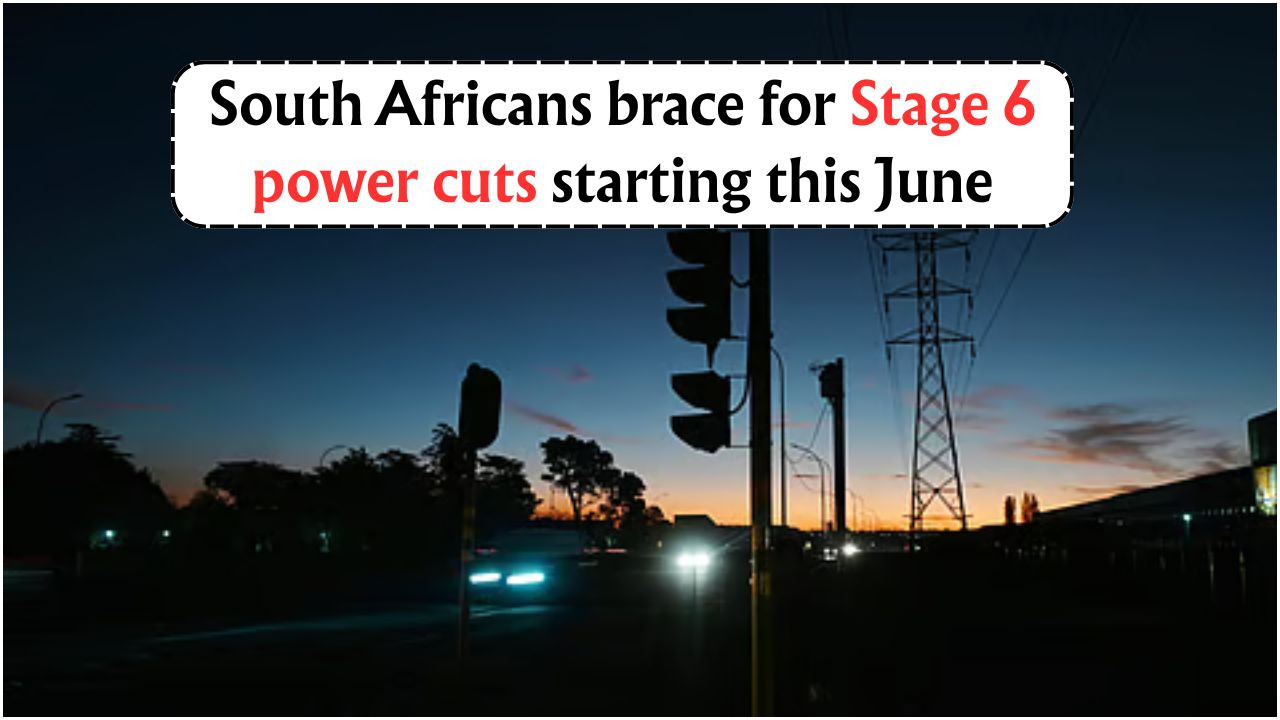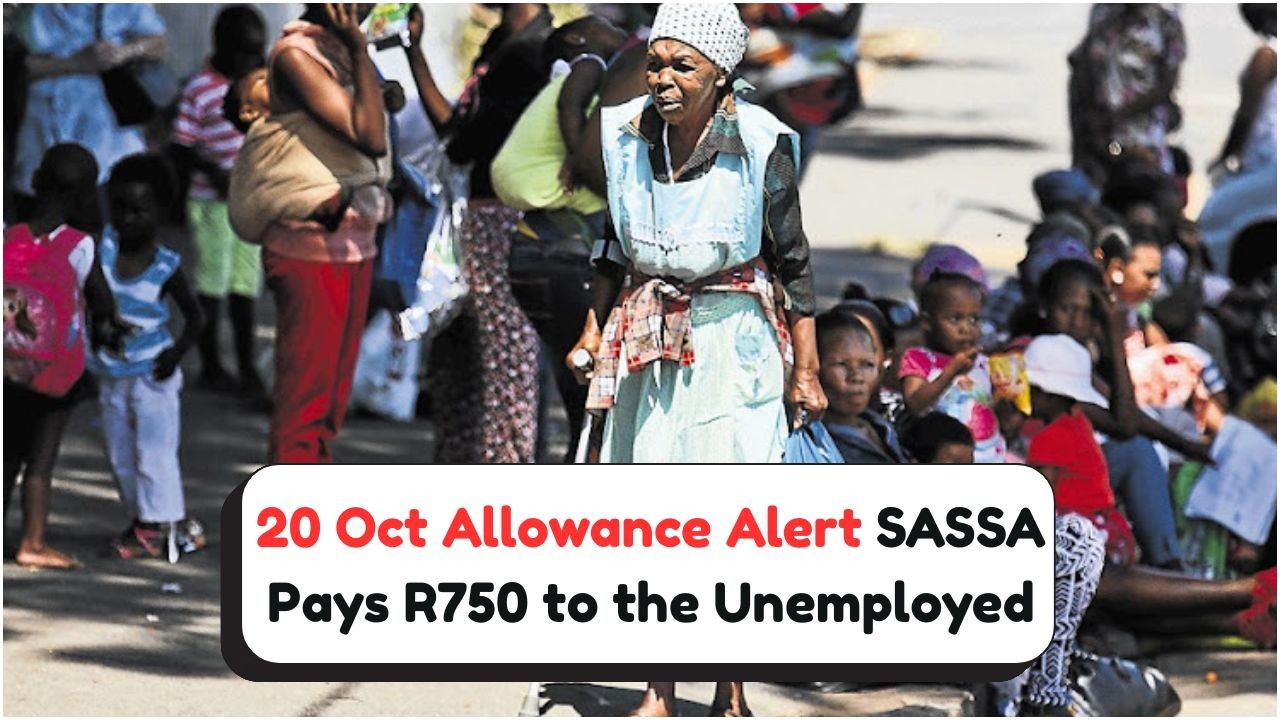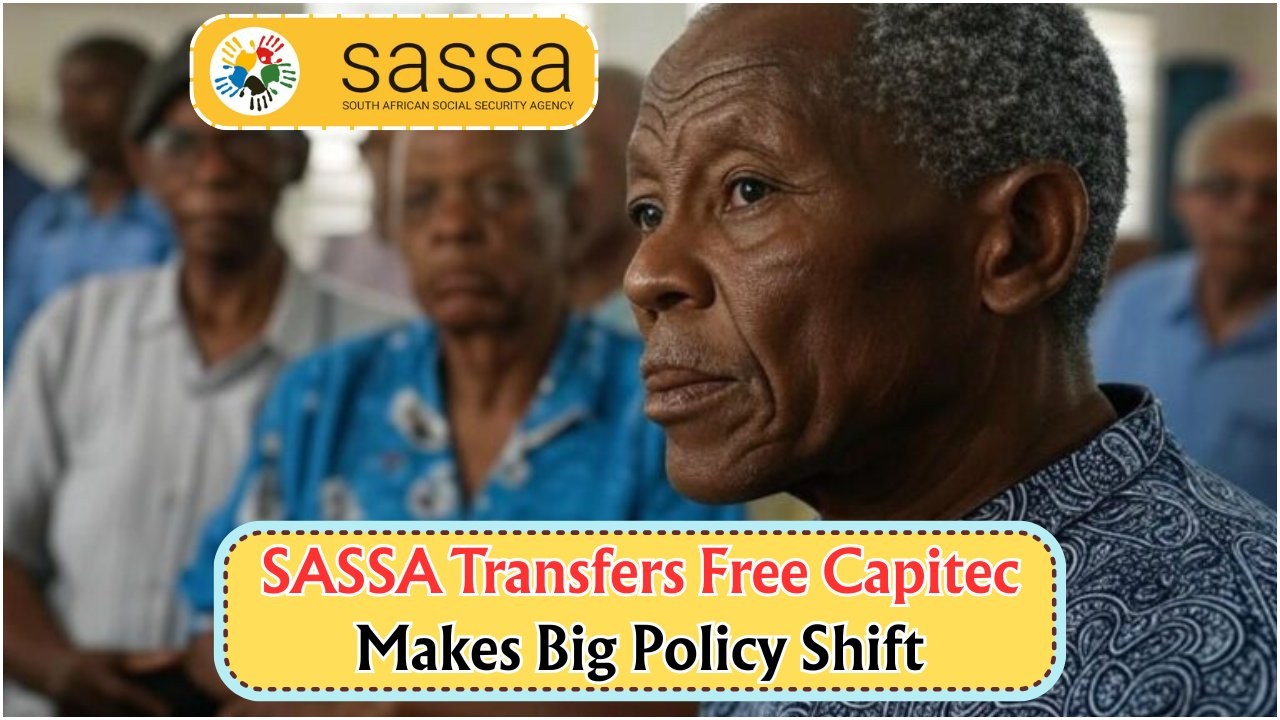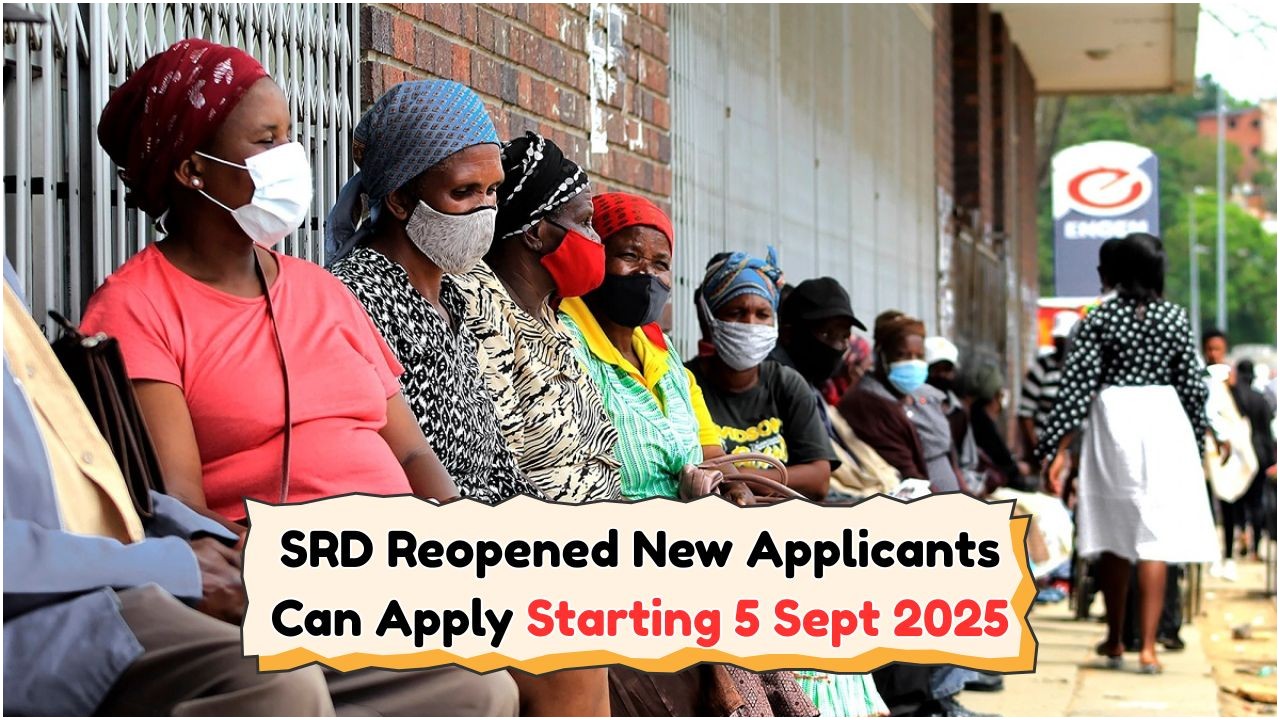Stage 6 load shedding in South Africa: As the winter chill of June 2025 approaches, South Africans brace for the possibility of unprecedented darkness. With stage 6 load shedding looming, the nation faces significant disruptions. This situation has escalated concerns over energy security and the resilience of the national grid. The challenges are mounting, and citizens are urged to prepare for potential rolling blackouts, marking a critical period for the country’s power supply management.
Understanding Stage 6 Load Shedding in June 2025
Stage 6 load shedding represents a severe level of power outage management, where up to 6,000 MW needs to be shed from the national grid. This stage means that electricity supply is critically constrained, leading to more frequent and longer power cuts across various regions. The onset of this stage is often triggered by a combination of high demand during winter months and unplanned maintenance or breakdowns at power plants. In South Africa, winter months typically see a spike in electricity consumption as households and businesses increase heating usage, compounding the pressure on an already strained energy system.
- Stage 1: Up to 1,000 MW shed
- Stage 2: Up to 2,000 MW shed
- Stage 3: Up to 3,000 MW shed
- Stage 4: Up to 4,000 MW shed
- Stage 5: Up to 5,000 MW shed
- Stage 6: Up to 6,000 MW shed
Impact of Load Shedding on South African Society
The implications of stage 6 load shedding are profound, touching every facet of daily life in South Africa. For businesses, especially small enterprises, the frequent power cuts can lead to significant financial losses, disrupt operations, and necessitate the investment in costly backup power solutions. Households, meanwhile, face challenges in maintaining daily routines, such as cooking and heating, with the added stress of potential food spoilage due to prolonged outages. The education sector also suffers, as students and teachers alike struggle to maintain productivity without consistent power supply.
| Sector | Impact | Mitigation | Challenges | Opportunities |
|---|---|---|---|---|
| Businesses | Operational disruptions | Backup generators | High costs | Invest in solar power |
| Households | Inconvenience | Battery systems | Affordability | Energy-efficient appliances |
| Education | Interrupted learning | Flexible schedules | Resource limitations | Online learning |
| Healthcare | Critical service disruptions | Priority power lines | Equipment damage | Innovative tech solutions |
| Transport | Traffic congestion | Traffic management | Public safety | Smart infrastructure |
Strategies to Cope with Load Shedding in South Africa
With stage 6 load shedding posing a tangible threat, it is crucial for individuals and communities to adopt effective coping strategies. Preparing for power outages involves both short-term measures and long-term solutions. Short-term strategies include stocking up on essentials such as non-perishable food items, batteries, and candles. Additionally, investing in alternative power sources, such as solar panels or generators, can provide relief during extended outages. It is also vital to stay informed by keeping up with load shedding schedules and updates from power utilities.
- Stay informed: Regularly check load shedding schedules.
- Invest in alternatives: Consider solar panels or generators.
- Stock essentials: Keep a supply of non-perishable food and water.
- Energy-saving tips: Use energy-efficient appliances.
- Community support: Share resources and information with neighbors.
- Advocacy: Engage with local authorities for better solutions.
Government Initiatives to Address Load Shedding
The South African government, aware of the dire implications of stage 6 load shedding, has been working on several initiatives aimed at stabilizing the power grid. Key strategies include investing in renewable energy projects, such as wind and solar farms, to diversify energy sources and relieve pressure on the national grid. The government is also focused on maintaining and upgrading existing infrastructure to reduce unplanned outages. Furthermore, efforts to encourage energy efficiency and conservation among consumers are critical components of the strategy.
- Renewable energy projects: Focus on wind and solar power.
- Infrastructure upgrades: Improve power plant maintenance.
- Energy conservation: Promote efficient usage among consumers.
- Private sector partnerships: Encourage investments in energy solutions.
- Policy reforms: Support innovation and sustainability.
The Role of Renewable Energy in Mitigating Load Shedding
Renewable energy has emerged as a vital component in mitigating the effects of load shedding in South Africa. By harnessing solar, wind, and other renewable sources, the country can reduce its reliance on traditional coal-fired power plants, which are often plagued by maintenance issues and fuel supply constraints. Investing in renewables not only provides a cleaner, more sustainable energy solution but also enhances energy security and resilience against future power shortages.
- Solar power: Increasing solar farm installations.
- Wind energy: Expansion of wind farms.
- Hydro power: Development of small-scale hydro projects.
- Biomass energy: Utilizing agricultural waste for power generation.
- Energy storage: Enhancing battery technology for consistent supply.
Understanding the Importance of Energy Efficiency
Energy efficiency is a cornerstone in addressing load shedding concerns. By reducing energy consumption through efficient appliances and mindful usage, individuals can contribute significantly to easing the strain on the national grid. Simple practices such as using LED lighting, unplugging devices when not in use, and optimizing heating systems can collectively make a substantial impact. Moreover, educating the public about energy-saving techniques is essential to foster a culture of conservation and sustainability.
- LED lighting
- Smart thermostats
- Efficient appliances
- Unplugging devices
- Insulating homes
- Public awareness campaigns
FAQ Section
What is stage 6 load shedding?
Stage 6 load shedding involves shedding up to 6,000 MW from the national grid, leading to more frequent and longer power cuts.
How can individuals prepare for load shedding?
 Free Solar Water Heating Pilot Launches in 8 SA Townships This September 2025 – Apply Now!
Free Solar Water Heating Pilot Launches in 8 SA Townships This September 2025 – Apply Now!
Individuals can prepare by stocking up on essentials, investing in alternative power sources, and staying informed about load shedding schedules.
What role does renewable energy play in addressing load shedding?
Renewable energy diversifies energy sources, reduces reliance on coal, and enhances energy security, helping to stabilize the power grid.
Why is energy efficiency important in reducing load shedding?
Energy efficiency reduces overall demand on the grid, easing pressure on power supply and contributing to a more sustainable energy future.
What initiatives is the South African government implementing to combat load shedding?
The government is investing in renewable energy projects, upgrading infrastructure, promoting energy conservation, and encouraging public-private partnerships.







